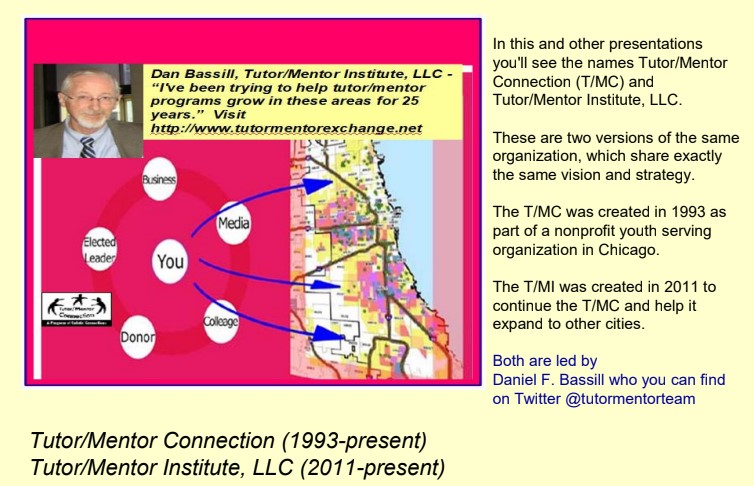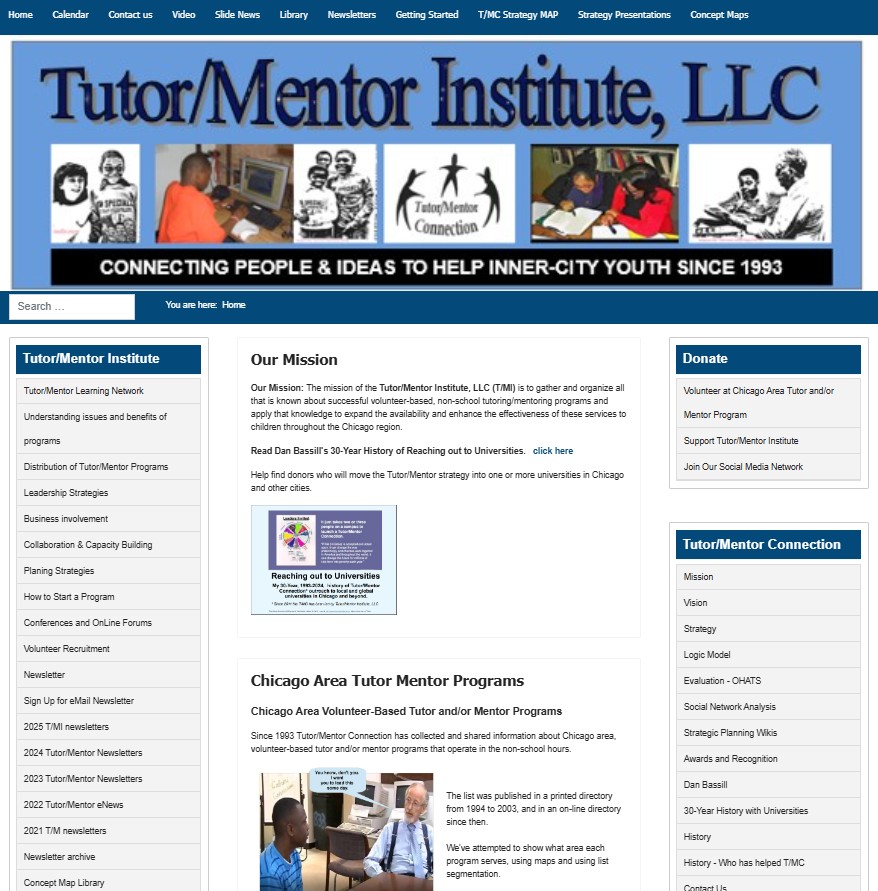Article Title One
This is the introductory text for the first article. It provides a brief overview of the content, designed to capture the reader's attention. The layout is responsive, ensuring a good experience across all devices.
Read MoreArticle Title Two
Here is the summary for the second article. Each article block is self-contained, allowing for easy management and display within the two-column structure. Images are set to be responsive using Bootstrap's `card-img-top`.
Read MoreArticle Title Three
This section delves into more details about the third topic. The use of Bootstrap's card component helps maintain a clean and consistent appearance for each article entry.
Read MoreArticle Title Four
Content for the fourth article, demonstrating how text flows underneath the image. The `h-100` class on the card ensures that cards in the same row have equal height, even if content length varies.
Read MoreArticle Title Five
This is the fifth article's summary. The responsive nature means these columns will stack on smaller screens, making it mobile-friendly.
Read MoreArticle Title Six
Details for the sixth article. You can easily replace the placeholder images (`placehold.co`) with your actual article images.
Read MoreArticle Title Seven
This article covers the seventh topic. Remember to adjust the `href` attributes for the "Read More" buttons to link to your actual full articles.
Read MoreArticle Title Eight
Summary for the eighth article. The `mb-4` class adds spacing between rows, while `mb-md-0` removes it for the right column on medium screens and up.
Read MoreArticle Title Nine
The ninth article's content. This structure is flexible and can be easily extended or modified to fit more articles or different layouts.
Read MoreArticle Title Ten
Finally, the tenth article. This comprehensive example provides a robust foundation for displaying multiple articles in a responsive two-column grid.
Read MoreArticle Title eleven
This section delves into more details about the third topic. The use of Bootstrap's card component helps maintain a clean and consistent appearance for each article entry.
Read MoreArticle Title 12
Content for the fourth article, demonstrating how text flows underneath the image. The `h-100` class on the card ensures that cards in the same row have equal height, even if content length varies.
Read MoreArticle Title 13
This is the fifth article's summary. The responsive nature means these columns will stack on smaller screens, making it mobile-friendly.
Read MoreArticle Title 14
Details for the sixth article. You can easily replace the placeholder images (`placehold.co`) with your actual article images.
Read MoreArticle Title 15
This article covers the seventh topic. Remember to adjust the `href` attributes for the "Read More" buttons to link to your actual full articles.
Read MoreArticle Title 16
Summary for the eighth article. The `mb-4` class adds spacing between rows, while `mb-md-0` removes it for the right column on medium screens and up.
Read MoreArticle Title 17
The ninth article's content. This structure is flexible and can be easily extended or modified to fit more articles or different layouts.
Read MoreArticle Title 18
Finally, the tenth article. This comprehensive example provides a robust foundation for displaying multiple articles in a responsive two-column grid.
Read More


















